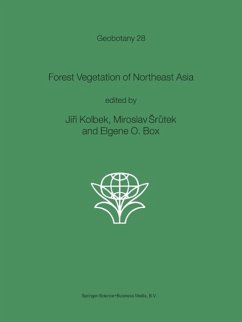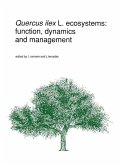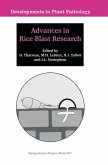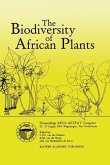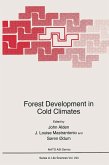When two of us (Jifi Kolbek, Miroslav Sriltek) were working in North Korea on the Czech Slovak field expeditions of the early 1990s, we did not think initially of comparing our results with the vegetation of surrounding areas or of writing a book. Our efforts mainly involved observing and documenting the vegetation as completely as possible and initial recognition of vegetation units. At first we focused on the most obvious vegetation types, but eventually also any important types that we could discern. Later we focused more on forests, since almost ali of northeastern Asia has forest potential and forests stiH do form the landscape matrix in most areas. First we studied suburban woods and forests, most of which are strongly affected by human activities. Later, though, we also had chances to visit and study lovely mountain regions, including Myohyang-san, Kumgang-san, Su jang-san, and the high, especially beautiful Changbai-shan on the border between North Korea and China. The Changbai-shan is the highest mountain system in the Korean Peninsula, including the highest peak Paektu-san. We gradually changed our goal from an evaluation of forest data from North Korea to comparison with available field data and literature sources from comparable surrounding areas. These include South Korea, the Russian Far East, northeastern China (Manchuria), and northem Japan, including the Kuril Islands. Finally we decided to prepare a preliminary survey of the forest vegetation of the Russian Far East and eventually of aII of northeastem Asia, which would be published in English.
Dieser Download kann aus rechtlichen Gründen nur mit Rechnungsadresse in A, B, BG, CY, CZ, D, DK, EW, E, FIN, F, GR, HR, H, IRL, I, LT, L, LR, M, NL, PL, P, R, S, SLO, SK ausgeliefert werden.
"The new volume of Kluwer series Geobotany contains a broad-scale overview of boreal and cool-temperate forest vegetation of the Russian Far East, northeastern China (Manchuria), North Korea and northern Japan. ... the text is supplemented with a number of black-and-white photographs, tables of floristic composition, maps and graphs. ... the book provides a very good introduction to the forest vegetation of the region. Definitely it is a must for both the vegetation scientists working actively in the region and botanists occasionally travelling to Northeast Asia." (Milan Chytrý, Folia Geobotanica, Vol. 40 (4), 2005)
From the reviews:
"The new volume of Kluwer series Geobotany contains a broad-scale overview of boreal and cool-temperate forest vegetation of the Russian Far East, northeastern China (Manchuria), North Korea and northern Japan. ... the text is supplemented with a number of black-and-white photographs, tables of floristic composition, maps and graphs. ... the book provides a very good introduction to the forest vegetation of the region. Definitely it is a must for both the vegetation scientists working actively in the region and botanists occasionally travelling to Northeast Asia." (Milan Chytrý, Folia Geobotanica, Vol. 40 (4), 2005)
"The new volume of Kluwer series Geobotany contains a broad-scale overview of boreal and cool-temperate forest vegetation of the Russian Far East, northeastern China (Manchuria), North Korea and northern Japan. ... the text is supplemented with a number of black-and-white photographs, tables of floristic composition, maps and graphs. ... the book provides a very good introduction to the forest vegetation of the region. Definitely it is a must for both the vegetation scientists working actively in the region and botanists occasionally travelling to Northeast Asia." (Milan Chytrý, Folia Geobotanica, Vol. 40 (4), 2005)

